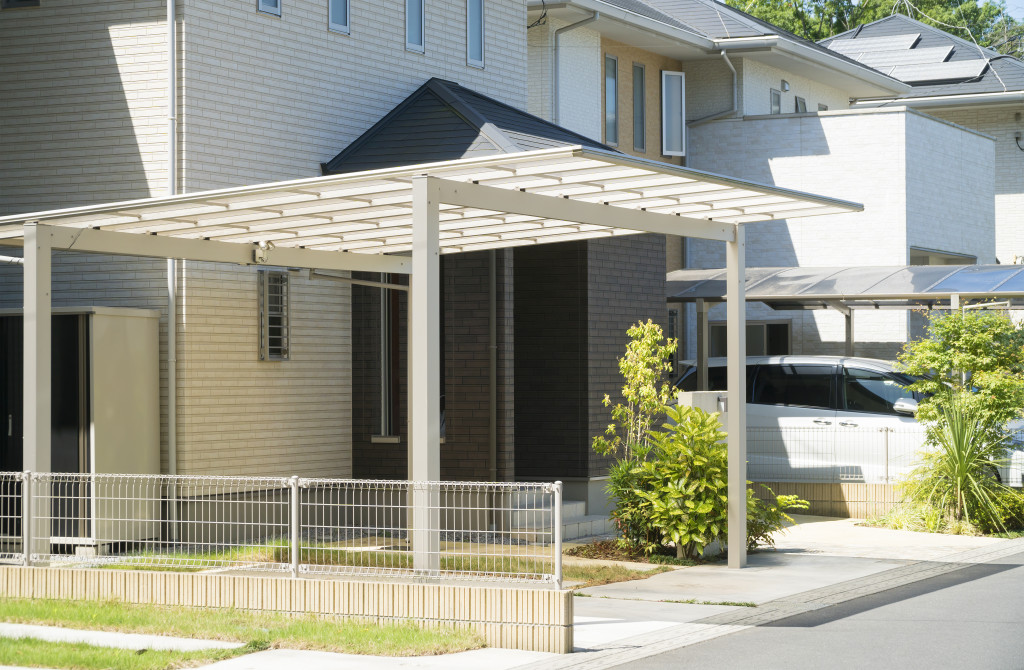We work hard so we can purchase our dream home. The problem is that we often get preoccupied with a single goal, to the point where we forget what matters most -our family. While it is true that home is where the heart is, it may also be a sanctuary for hidden dangers. In this article, you’ll find ways to get rid of household hazards and keep your family safe.
Home Hazards
In 2004, the Home Safety Council completed a study about the most common causes of home injuries. It is not surprising to know that injury rates are higher among toddlers and the elderly.
We all know for a fact that there are hundreds of potential dangers and hazards at home. Nonetheless, the council was able to identify the five most common causes of unintended home hazards. The following are the top five reasons:
1. Falls
Perhaps it’s true that the simplest dangers turn out to be one of the most dangerous. And, as you might expect, falls are more harmful to small children and the elderly. The most severe falls generally account for the lack of window guards and protective surfaces.
Ways To Prevent Falls:
-
Support Guards
Put safety support guards on your windows, stairs, and other high places.
-
Proper Lighting
Ensure every hallway and stairs has a bright fixture. Doing so will make the walkway more visible.
-
Routine Inspection
Check your floor for any loose carpeting or broken tiles.
-
Protective Surfaces
Add non-slip mats or soft floor covering to prevent falling on hard surfaces.
2. Poisoning
Poisoning is another cause of accidents and emergencies at home. Most cases are often due to unintentional ingestion of household products or cleaning supplies. That said, it is essential to focus on keeping chemical hazards away, especially from children.
Ways to Prevent Poisoning:
-
Shelves
Place chemicals and other hazardous items on high shelves. This way, it will be harder to reach and accidentally ingest. If possible, you can keep them hidden outside the house.
-
Proofing Locks
In case you have to store these chemicals in low areas, be sure to child-proof the cabinet. Doing so will prevent them from accessing the cabinet.
-
Special Containers
Never put household cleaners in reusable bottles or food containers that might confuse anyone.
3. Fires and Burns
While most of us may think that burns are often due to open flames, the majority of burn cases come from hot water. Liquid temperatures may be a problem, especially for those who live in colder climates. You may need to keep your beverages, gasoline, or other liquids at room temperature.
Ways To Prevent Fires and Burns
-
Drum Heaters
These are useful as storage containers to keep liquids at ideal temperatures. Aside from its safety in the household, they also help reduce pollution because the energy circulates inside the system.
-
Smoke Alarms
Install smoke alarms in every room of your home. Most fire-related deaths occur in homes without fire alarms.
-
Fire Extinguisher
Keep a fire extinguisher near places where open flames are present, such as the kitchen.
4. Obstructed Airway Injury
There are three main types of obstructed airway injury. These are:

Suffocation
Suffocation happens when an external object obstructs the nose and mouth. Most cases occur in individuals with limited mobility, such as infants and the elderly. These can happen due to unintentional bed or pillow obstructing their airway.
Choking
Choking is an internal blockage that can cut off an individual’s airway. Although everyone is at risk of choking, the percentage is much higher in children and infants. There are often caused by ingesting tiny parts or pieces of toys.
Strangulation
Airway obstruction can happen through strangulation. It occurs when there is an external pressure that compresses the airways. Children are most at risk for unintentional strangulation as they can play and wrap things around their necks.
Ways To Prevent Obstructed Airway Injury
-
Get Rid of Plastic
Avoid placing a newborn alone on a soft surface, especially those that have plastic coverings.
-
Play Areas
Regularly inspect play areas for small items, loose parts, and other choking hazards.
-
Cut Cords
Make sure that strings and straps are within your children’s reach. If possible, cut down these cords.
5. Drowning
Drowning from bathtubs accounts for about one-third of all unintentional home drownings. The other half occurs in other settings such as swimming pools. These often happen in children who lost signs from their parents in less than five minutes.
Ways To Prevent Drowning
-
Fencing
Keep a gated fence around your pool area at all times. Doing so will prevent the risk of children and anyone from mistakenly falling into the water.
-
Adult Supervision
Never leave a child alone in the bathtub or the pool unsupervised.
Final Thoughts
Home security is an important aspect of homeownership. You owe it to yourself to take responsibility for the situation and deal with any risks before they arise. If you want to keep your family safe, you should begin your effort to make your home safer within these five areas.

